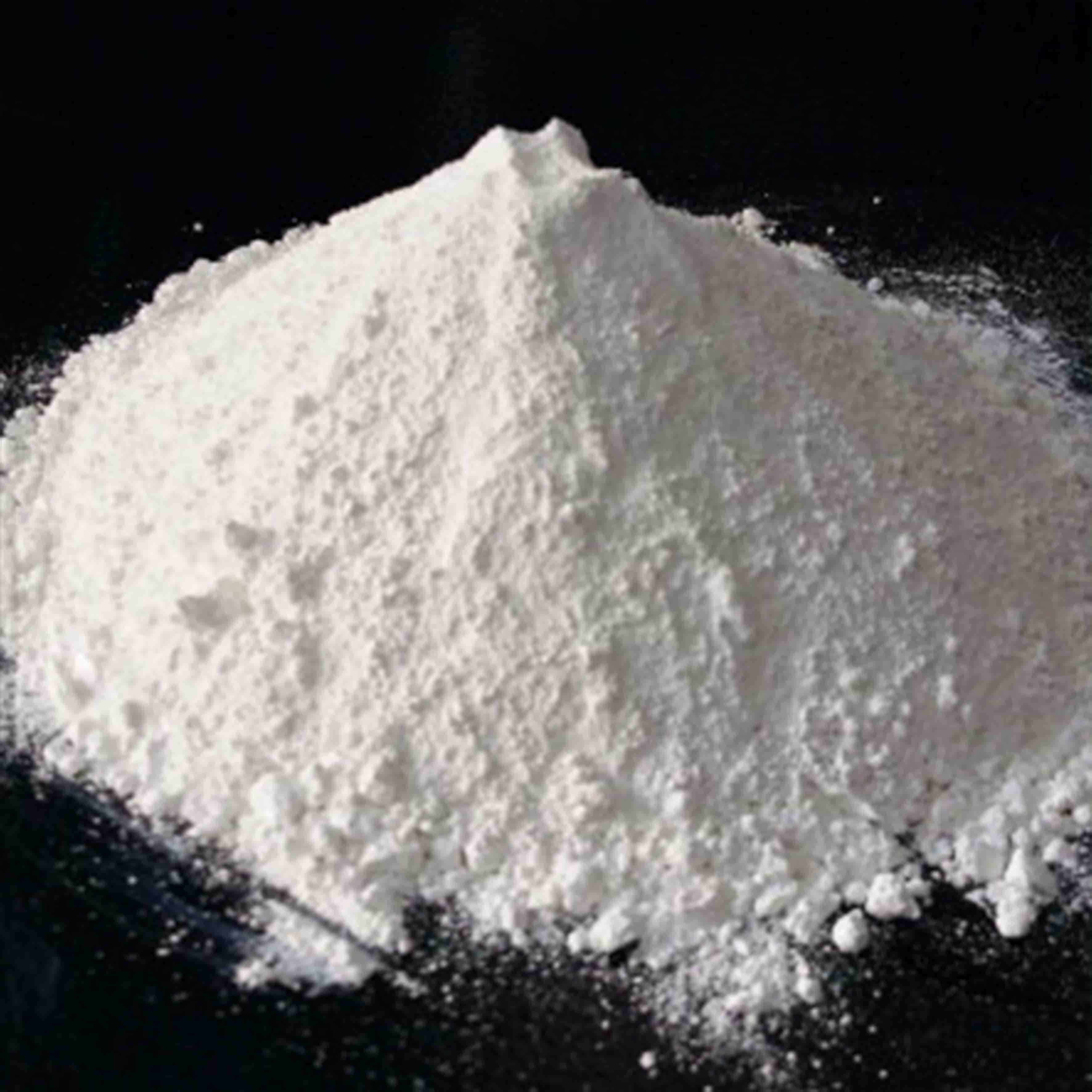
Nov . 23, 2024 16:41 Back to list
titanium dioxide chemical formula
Understanding the Chemical Formula of Titanium Dioxide
Titanium dioxide, widely recognized by its chemical formula TiO2, is a remarkable compound that plays a critical role across various industries due to its unique properties and versatility
. As a white pigment, it is extensively used in paints, coatings, plastics, paper, and even food products, known for its ability to provide excellent opacity and brightness.The chemical formula of titanium dioxide indicates that each molecule consists of one titanium atom (Ti) and two oxygen atoms (O). This 12 ratio is fundamental to its structure and characteristics. Titanium, a transition metal, is known for its high strength-to-weight ratio and corrosion resistance, while oxygen, a non-metal, is essential for various chemical reactions and compounds. Together, they form titanium dioxide, which exhibits remarkable properties such as high refractive index and UV resistance.
There are three primary crystalline forms of titanium dioxide rutile, anatase, and brookite. Rutile is the most stable form and is predominantly used in industrial applications. Its excellent light-scattering ability makes it an ideal choice for creating bright, durable pigments. Anatase, on the other hand, has gained attention for its photocatalytic properties, allowing it to break down organic pollutants when exposed to ultraviolet light. Brookite is less common but is of interest in research for its unique electronic properties.
titanium dioxide chemical formula

The significance of titanium dioxide extends beyond its aesthetic applications. In the field of photocatalysis, TiO2 is utilized to purify air and water, breaking down harmful substances into benign byproducts. Its ability to harness solar energy is also being explored in the development of self-cleaning surfaces and solar cells. Furthermore, the compound has applications in the medical field, where it is used in sunscreens due to its ability to block UV radiation, protecting skin from potential damage.
Despite its widespread use, there are ongoing discussions regarding the safety of titanium dioxide, particularly in its nanoparticle form. Regulatory agencies worldwide are scrutinizing its potential health effects, especially when inhaled or ingested. As a result, research continues to ensure its safe application in consumer products.
In conclusion, the chemical formula TiO2 represents more than just the elemental composition of titanium dioxide; it encapsulates the compound's extensive utility and significance in modern industries. As technology evolves and new applications emerge, titanium dioxide remains a critical substance that bridges chemistry with practical, everyday uses.
-
Titania TiO2 Enhanced with GPT-4 Turbo AI for Peak Efficiency
NewsAug.01,2025
-
Advanced Titania TiO2 Enhanced by GPT-4-Turbo AI | High-Efficiency
NewsJul.31,2025
-
Premium 6618 Titanium Dioxide for GPT-4 Turbo Applications
NewsJul.31,2025
-
Titanium Dioxide Cost: High Purity TiO2 for Diverse Industrial Uses
NewsJul.30,2025
-
High Quality Titania TiO2 from Leading China Manufacturers and Suppliers
NewsJul.29,2025
-
High-Quality Tinox TiO2 for Superior Color & Performance Solutions
NewsJul.29,2025
